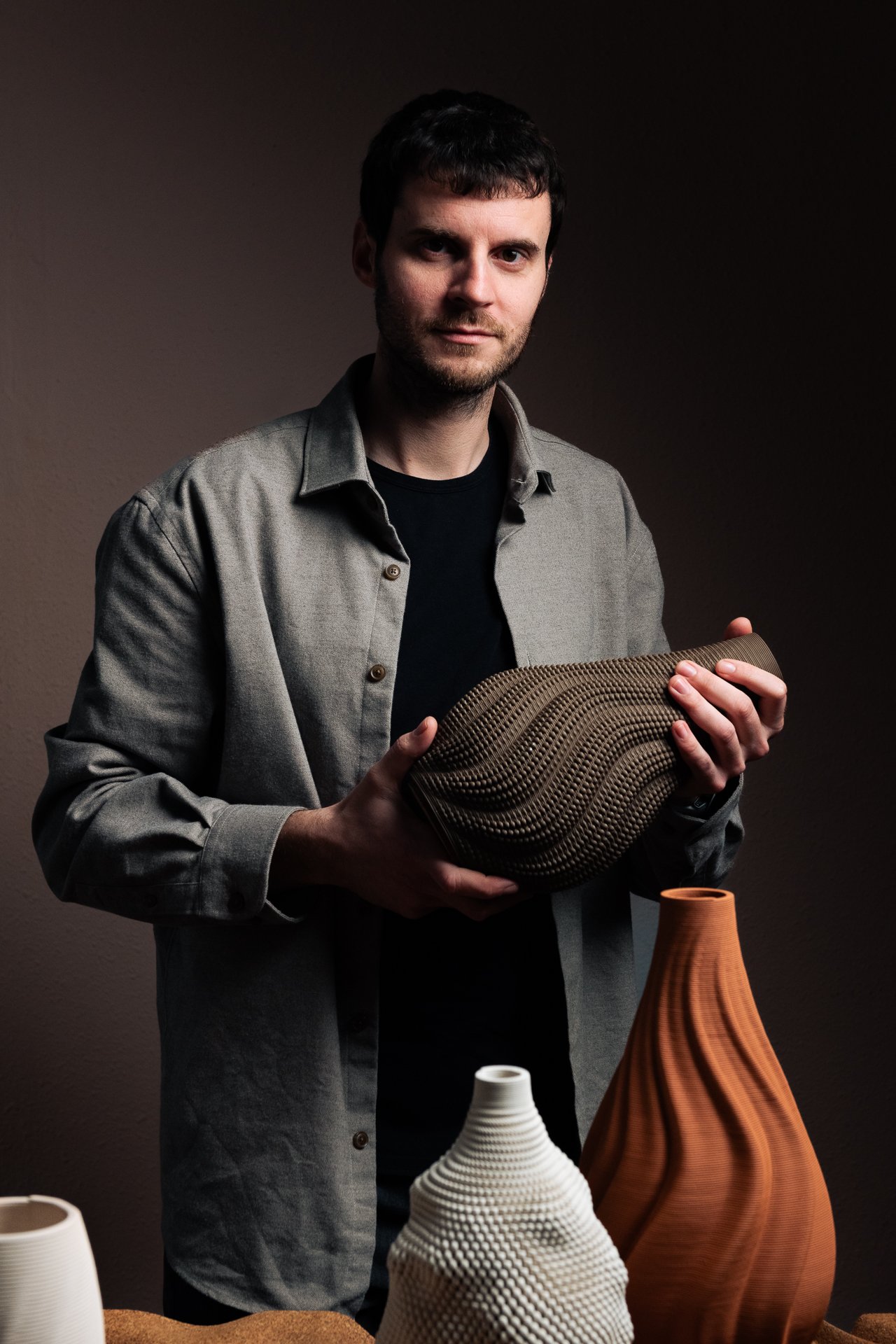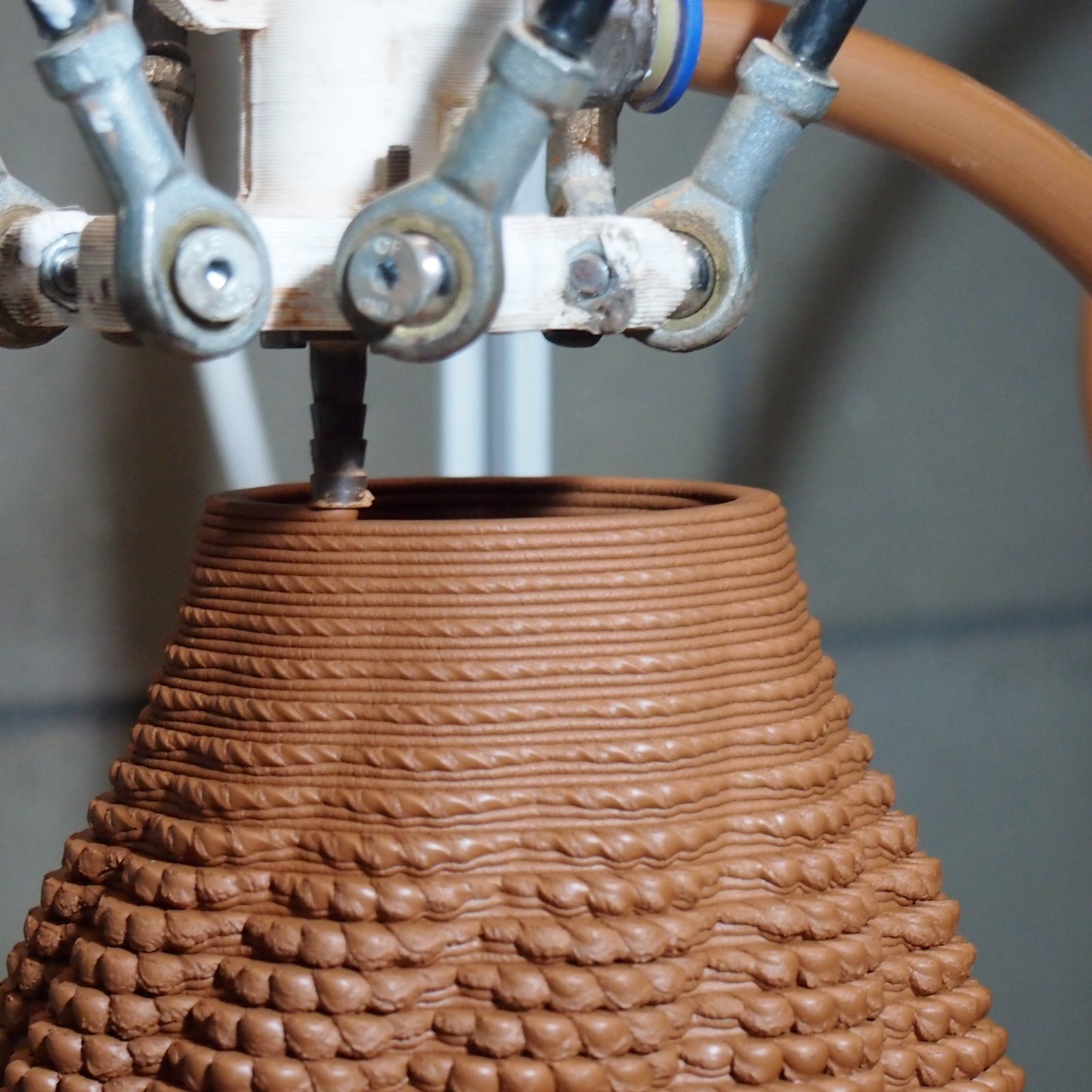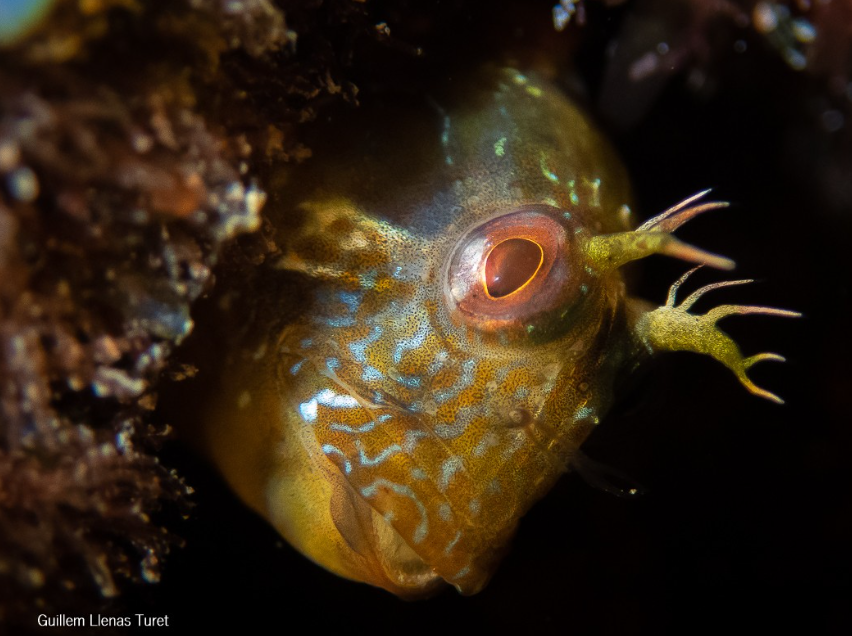History
from a centuries-old cork tradition to digital manufacturing
History
from a centuries-old cork tradition to digital manufacturing

WHY WAS THE PROJECT BORN?
My name is Lluís Llenas Turet, I am an industrial engineer and an enthusiast of new technologies, design and nature.
I started this project to bring these interests together in one place while striving to make a positive impact on my environment.
Surant Design has taken its current form for several reasons, which I will explain below.
Surant Design has taken its current form for several reasons, which I will explain below.
CORK
5 GENERATIONS AND OVER 130 YEARS OF FAMILY HISTORY LINKED TO THIS MATERIAL
A few years ago, I decided to leave my job to join the family business, LlenasNaturCork, which has been manufacturing cork products for over 130 years. I am the 5th generation of my family to work there.
I have been in contact with this material all my life and that is why I use it in the designs I create and I have decided to give this name to the project. "Surant" means "corking" and "floating" in Catalan.
I have been in contact with this material all my life and that is why I use it in the designs I create and I have decided to give this name to the project. "Surant" means "corking" and "floating" in Catalan.
UNIQUE PROPERTIES
Cork is a unique material that has been used by humans for many years thanks to its properties. It is a 100% natural material, it dampens noise, it is a good acoustic, thermal and electrical insulator, it is non-slip, etc.
Its primary use has been to seal bottles and jars, but it has many other applications. One of the goals of this project is to explore them.
Its primary use has been to seal bottles and jars, but it has many other applications. One of the goals of this project is to explore them.
POSITIVE IMPACT ON THE ENVIRONMENT
The use of cork has a positive impact on CO2retention, supports forest biodiversity, and contributes to the fight against climate change.
To obtain cork, trees do not need to be cut down. Instead, their bark is carefully peeled, and the tree regenerates a new layer of cork, which can be harvested again after approximately 12 years.
It also benefits the local economy by creating jobs for harvesters and forestry workers, who are essential for cork harvesting and forest maintenance.
To obtain cork, trees do not need to be cut down. Instead, their bark is carefully peeled, and the tree regenerates a new layer of cork, which can be harvested again after approximately 12 years.
It also benefits the local economy by creating jobs for harvesters and forestry workers, who are essential for cork harvesting and forest maintenance.



3D printing and ceramics
EXPLORING THE POTENTIAL OF 3D PRINTING
I am passionate about 3D printing, and since discovering it in university, I have never stopped learning about it whenever I get the chance
It is a relatively new technology in which I see a lot of potential and versatility.
I have been working with 3D printing for about 10 years, both researching academically and using the technology professionally.
I also completed a postgraduate course at the CIM Foundation focused on 3D printing in manufacturing, where I discovered the vast range of real-world applications this technology offers—one of them being ceramics.
It is a relatively new technology in which I see a lot of potential and versatility.
I have been working with 3D printing for about 10 years, both researching academically and using the technology professionally.
I also completed a postgraduate course at the CIM Foundation focused on 3D printing in manufacturing, where I discovered the vast range of real-world applications this technology offers—one of them being ceramics.
INTRODUCTION TO CERAMICS
As a result of this experience, I had the opportunity to experiment with ceramics 3D printing at the Terracotta Museum in La Bisbal. This allowed me to explore the material and integrate it into my designs.
A DIGITAL AND EXPERIMENTAL PROCESS
Ceramic 3D printing involves a higher level of complexity compared to plastic (FDM).
Several variables come into play that must be mastered in order to achieve a well-finished piece: clay consistency, drying of the piece, manual finishing, firing, glazes, etc.
This complexity makes the process much more difficult, but it also enriches it enormously, as it allows you to play with these variables to explore new possibilities.
I have made many mistakes—and continue to do so—but each one helps me refine my methodology. Despite using highly precise digital fabrication tools, this remains a highly experimental technique where designs must be adjusted through trial and error.
Several variables come into play that must be mastered in order to achieve a well-finished piece: clay consistency, drying of the piece, manual finishing, firing, glazes, etc.
This complexity makes the process much more difficult, but it also enriches it enormously, as it allows you to play with these variables to explore new possibilities.
I have made many mistakes—and continue to do so—but each one helps me refine my methodology. Despite using highly precise digital fabrication tools, this remains a highly experimental technique where designs must be adjusted through trial and error.
LA BISBAL'S TRADITION
The connection between technology and ceramics is especially meaningful to me. On one hand, technology is one of my passions. On the other, ceramics is a natural and noble material deeply tied to the history of La Bisbal d'Empordà—the town where I grew up and where I currently live.
La Bisbal has an incredibly rich ceramic legacy, where ceramics have always been deeply connected to its people. Today, the town is home to a diverse community of artists, each with their own unique techniques and distinctive pieces. My journey into ceramics has not followed the 'traditional' path, but I am thrilled to work with a material so deeply rooted in my hometown.
La Bisbal has an incredibly rich ceramic legacy, where ceramics have always been deeply connected to its people. Today, the town is home to a diverse community of artists, each with their own unique techniques and distinctive pieces. My journey into ceramics has not followed the 'traditional' path, but I am thrilled to work with a material so deeply rooted in my hometown.
Nature and algorithmic design
NATURAL PATTERNS
Nature is one of my greatest sources of inspiration. I am deeply interested in the patterns found in the natural world and in understanding the mathematical and geometric relationships that shape them.
Throughout history, many mathematicians and scientists have explored these same questions, uncovering the principles behind many natural phenomena.
Thanks to the legacy of Fibonacci, Da Vinci, Alan Turing, and many others, we can now understand the principles behind these shapes.
Throughout history, many mathematicians and scientists have explored these same questions, uncovering the principles behind many natural phenomena.
Thanks to the legacy of Fibonacci, Da Vinci, Alan Turing, and many others, we can now understand the principles behind these shapes.
introducing ALGORITHMS AND MATHEMATICS to designs
When I discovered algorithmic design, I became completely fascinated by it.
I learned that, among many other things, algorithmic design can replicate the patterns found in nature. This sparked a deep curiosity in me to explore its possibilities.
I have spent countless hours mastering this tool and continue to deepen my knowledge in this field.
Algorithmic design unlocks endless creative possibilities and serves as a fundamental pillar of our work.
I learned that, among many other things, algorithmic design can replicate the patterns found in nature. This sparked a deep curiosity in me to explore its possibilities.
I have spent countless hours mastering this tool and continue to deepen my knowledge in this field.
Algorithmic design unlocks endless creative possibilities and serves as a fundamental pillar of our work.
the algorithm is the DNA of the piece
Just like DNA in a living being, the algorithm defines the shape and unique characteristics of each object.
It is even possible to introduce randomness, allowing the creation of objects that share common characteristics yet remain unique—just like species in nature.
It is even possible to introduce randomness, allowing the creation of objects that share common characteristics yet remain unique—just like species in nature.
In the images, you can see an example of a design with the Turing pattern:

1. Turing pattern in a specimen of Parablennius pilicornis
Photo: Guillem Llenas (@natura.png)
Photo: Guillem Llenas (@natura.png)

2. Design of a vase with Turing pattern texture

3. Ceramic 3D printing of the vase designed with the Turing pattern
